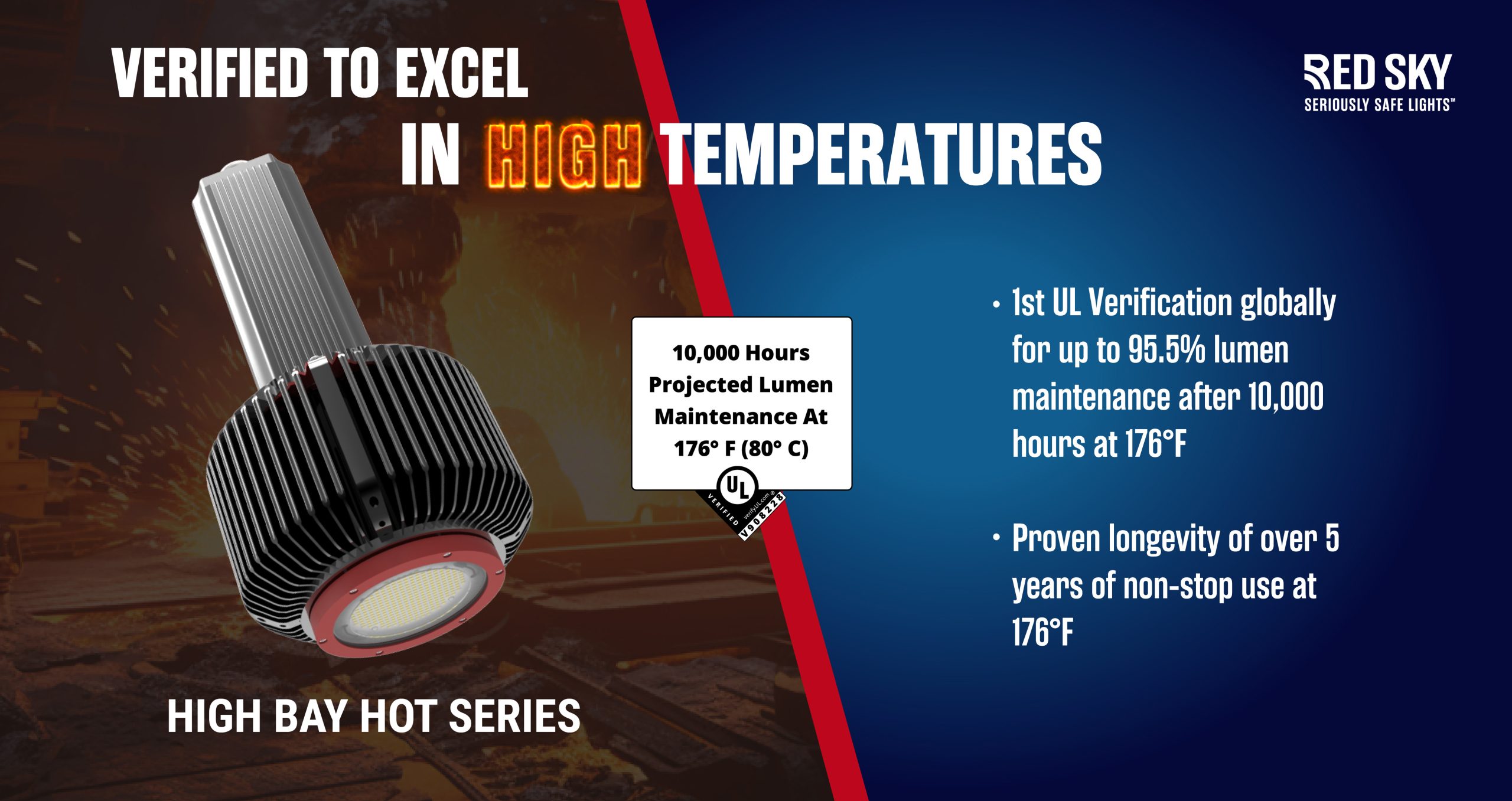1. Definitions of NEC and IEC
NEC stands for National Electrical Code, which provides safety standards for installing and using electrical equipment in the United States. IEC refers to the International Electrotechnical Commission, which publishes international standards.
2. Difference in Scope
The main difference between NEC and IEC lies in their scope. NEC focuses on safe installation and use of electrical equipment in the U.S. IEC standards have a broader global scope covering a wider range of electrical systems, components and equipment.
3. Specifics of NEC
NEC provides guidelines on electrical conductors, circuits, grounding, overcurrent protection and wiring methods to reduce shock and fire hazards. It sets minimum safety standards for things like wire sizing, circuit breaker configurations, and ground fault circuit interrupters. NEC is typically adopted in U.S. state and local building codes.
4. Specifics of IEC Standards
IEC has published over 20,000 standards covering electrical, electronic and related technologies. These standards are adopted globally and compliance is often required for importing and exporting electrical equipment.
5. Different Areas of Emphasis
IEC standards emphasize quality and reliability while NEC focuses more on safety.
6. Other Differences
NEC uses imperial units and is updated every 3 years. IEC uses the metric system and updates every 4 years. NEC covers up to 1000V while IEC has a broader voltage range.
7. Comparison of Hazardous Location Classifications
Here’s a table comparing the hazardous location classifications and zones defined by the National Electric Code (NEC) in the United States and the International Electrotechnical Commission (IEC) in the rest of the world:
Hazardous Location Classification | NEC Classes | IEC Zones |
|---|---|---|
Gas, vapor, mist | Class I, Division 1 | Zone 0, Zone 1 |
Gas, vapor, mist | Class I, Division 2 | Zone 2 |
Combustible dust | Class II, Division 1 | Zone 20 |
Combustible dust | Class II, Division 2 | Zone 22 |
Fibers and flyings | Class III, Division 1 | No Equivalent |
Fibers and flyings | Class III, Division 1 | No Equivalent |
It’s worth noting that the NEC and IEC standards are not identical, and there may be some differences in how hazardous locations are classified and defined between the two systems. However, both systems are intended to provide guidance on the selection and use of electrical equipment and wiring methods in hazardous locations, and they share many similarities in their approach.
8. Summary
NEC is a mandatory U.S. standard focused on safety. IEC is a voluntary international standard emphasizing quality and reliability. Both play an important role in electrical engineering but differ in scope and enforceability.

